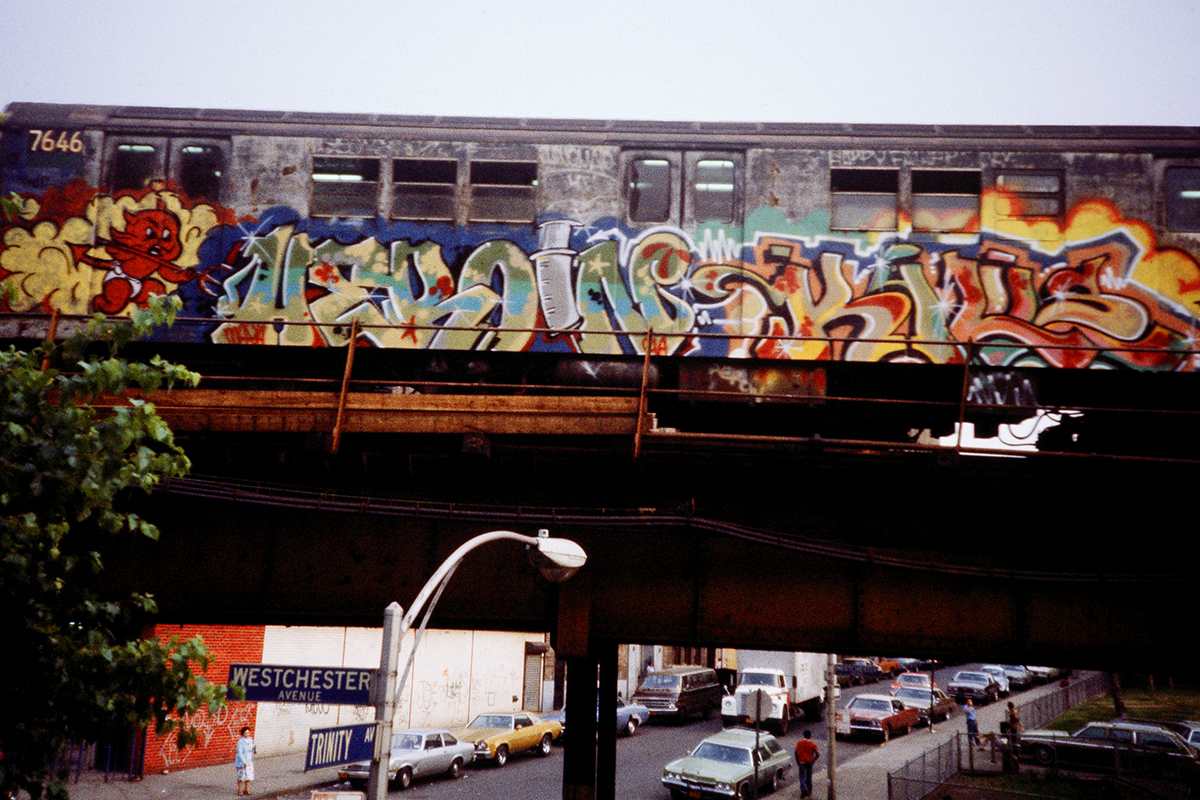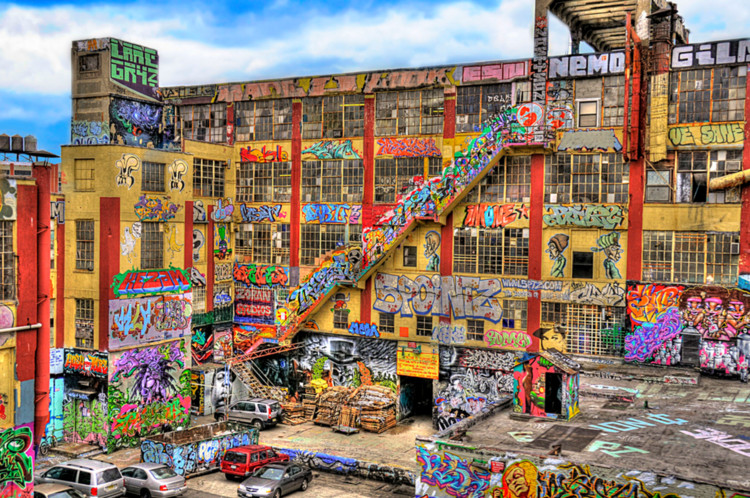Tactile Autonomy
Something which has been on my mind since the discussion of autonomous architecture is the idea of interpretation. The simple fact that people, if they cannot understand a form, then they will apply their own logic to it so that they can understand it. Calling back to my comparison of Modern expressionist art and autonomous architecture, but even in that seemingly random splatter of paint critics and art lovers will find an emotion, or some experience that they feel the art exudes.
The same seems to be with architecture, almost constantly meaning is applied to a simple detail, or some minute treatment that in reality has nothing to do with that reasoning. So my point is this, is it actually smart to let the users determine the buildings reasoning? Is autonomous architecture not void of explanation, but simply shifting that explanation to post rationalization by its users?
Perhaps, and perhaps not, but something that has been made more clear is the place people have in each building. Tactile architecture relies on small details which allow people to interact more strongly with their space, whereas strategic architecture relies on larger, broader ideas that apply to all. This simple delineation between a top down or bottom up approach to building, if applied to the autonomous architecture could bring more clarity to its appropriateness.


If autonomy is applied in a tactile way, so that the people have the opportunity to apply themselves to the project, to project that meaning and logic to the building in an intelligent and controlled way, perhaps something beautiful could happen. Similar to graffiti on trains, and murals on concrete overpasses, the people will make the space their own.

The same seems to be with architecture, almost constantly meaning is applied to a simple detail, or some minute treatment that in reality has nothing to do with that reasoning. So my point is this, is it actually smart to let the users determine the buildings reasoning? Is autonomous architecture not void of explanation, but simply shifting that explanation to post rationalization by its users?
Perhaps, and perhaps not, but something that has been made more clear is the place people have in each building. Tactile architecture relies on small details which allow people to interact more strongly with their space, whereas strategic architecture relies on larger, broader ideas that apply to all. This simple delineation between a top down or bottom up approach to building, if applied to the autonomous architecture could bring more clarity to its appropriateness.


If autonomy is applied in a tactile way, so that the people have the opportunity to apply themselves to the project, to project that meaning and logic to the building in an intelligent and controlled way, perhaps something beautiful could happen. Similar to graffiti on trains, and murals on concrete overpasses, the people will make the space their own.


I agree, if I'm correct in my understanding that your rationale as such: autonomous architecture has the chance to achieve a sense of place if left to the community to complete (through art, graffiti, landscaping, etc.)
ReplyDeleteBasically, if an architect believes the only way to produce pure architecture is through autonomy, then they should essentially leave it incomplete and give the people a beautiful form to interpret in their own way to make it their own. Cool.
It would be interesting to see how this concept could be explored. On the one hand, allowing the users or local population to manipulate the appearance of the architecture could establish a sense of place for the building. On the other hand, might this process be exclusionary in itself? I mean that, say with graffiti, only a certain amount of people would have the space to participate. What would the selection process, if any, entail to ensure that as many voices and ideas are represented as possible?
ReplyDelete